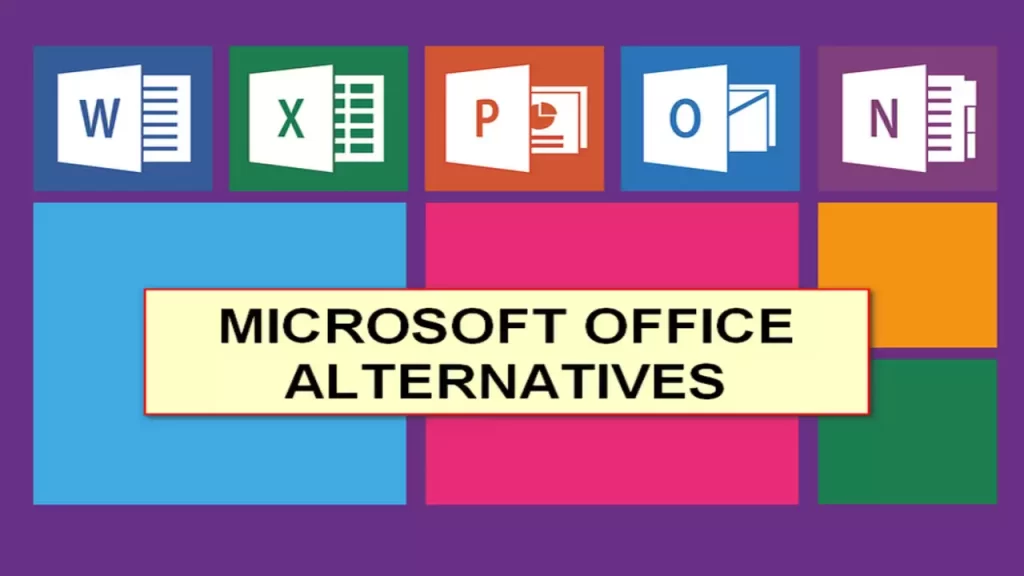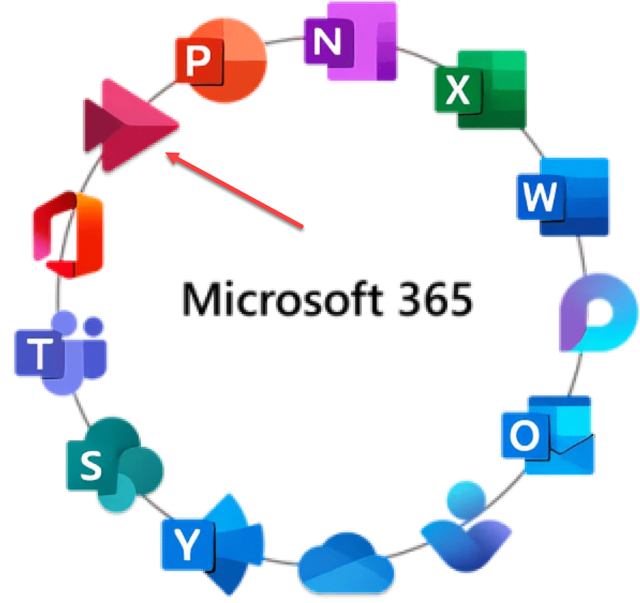What is Microsoft?
Microsoft Corporation is a multinational technology company known for its development of software, hardware, and related services. Founded by Bill Gates and Paul Allen on April 4, 1975, Microsoft is headquartered in Redmond, Washington. The company is renowned for its flagship products, including the Windows operating system, Microsoft Office suite, and Azure cloud computing platform. Over the decades, Microsoft has evolved from a small software vendor into a global technology giant, offering a wide range of products and services that cater to both consumers and businesses.
How to Use Microsoft Products
Using Microsoft products effectively requires an understanding of their various applications and tools. Here is a brief guide on how to utilize some of the most prominent offerings:
- Windows Operating System: The Windows OS is the cornerstone of Microsoft’s software portfolio. Users can interact with Windows through a graphical user interface (GUI) that includes a Start menu, taskbar, and desktop icons. To get started, users typically install the OS on their computers, create a user account, and customize settings according to their preferences. Regular updates are provided to enhance security and performance, which are usually installed automatically.
- Microsoft Office Suite: This suite includes widely used applications such as Word, Excel, PowerPoint, and Outlook. To use these programs, users must purchase a license or subscribe to Microsoft 365, which offers cloud-based access and collaboration features. Microsoft Word is utilized for word processing, Excel for spreadsheets, PowerPoint for presentations, and Outlook for email management. Each application provides a variety of tools and features designed to increase productivity and streamline tasks.
- Microsoft Azure: Azure is a cloud computing service that allows users to build, deploy, and manage applications through Microsoft’s global network of data centers. Users access Azure through a web portal, where they can manage resources such as virtual machines, databases, and networking components. Azure supports a wide range of programming languages and frameworks, making it a versatile platform for developers and IT professionals.
- Microsoft Teams: As a collaboration tool, Microsoft Teams facilitates communication and teamwork within organizations. Users can create teams, channels, and conduct meetings. The platform integrates with other Microsoft 365 applications, enabling seamless document sharing and real-time collaboration. Teams can be accessed via desktop applications, web browsers, and mobile devices.
- Microsoft Edge: The Edge browser, developed by Microsoft, is used for web browsing. It provides features such as tab management, bookmarks, and extensions. Users can customize their browsing experience and access various online services through Edge.
Pros of Microsoft Products
- Wide Range of Products and Services: Microsoft offers a diverse array of products that cater to different needs, from operating systems and office software to cloud computing and gaming. This extensive portfolio allows users to find solutions tailored to their specific requirements.
- Integration Across Platforms: Many Microsoft products are designed to work seamlessly with one another. For instance, Office applications integrate with Microsoft Teams and OneDrive, enhancing productivity and collaboration. This level of integration can streamline workflows and improve efficiency.
- Strong Security Measures: Microsoft invests heavily in security and provides regular updates to address vulnerabilities. Windows and Office products include built-in security features, such as firewall protection, antivirus software, and encryption tools, which help safeguard user data.
- Robust Cloud Computing Capabilities: Azure offers a comprehensive suite of cloud services that support various business needs. Its scalability and flexibility allow organizations to adapt quickly to changing demands, while its global reach ensures reliable performance.
- User-Friendly Interfaces: Microsoft products are generally designed with user-friendly interfaces, making them accessible to a broad audience. The consistency in design across applications helps users transition between different tools with ease.
Cons of Microsoft Products
- Cost Considerations: Many Microsoft products, particularly enterprise solutions and advanced features, come with significant costs. Licensing fees, subscription models, and additional services can add up, making it a substantial investment for individuals and businesses.
- Complexity for New Users: The vast array of features and settings in Microsoft products can be overwhelming for new users. Learning how to use all the available tools effectively may require time and effort, which can be a barrier for some individuals.
- Frequent Updates and Compatibility Issues: While regular updates are beneficial for security and performance, they can also lead to compatibility issues with older software or hardware. Users may encounter problems after updates, requiring troubleshooting or additional support.
- Resource Intensive: Some Microsoft products, particularly those with advanced features or cloud-based services, can be resource-intensive. This can impact system performance, especially on older or less powerful hardware.
- Privacy Concerns: With the collection of user data for various purposes, including improving services and targeted advertising, privacy concerns have been raised. Users may need to review and adjust privacy settings to ensure their data is handled according to their preferences.
Microsoft Top 10 Office Alternatives

In the realm of productivity software, Microsoft Office has long been a dominant force, known for its extensive suite of applications such as Word, Excel, and PowerPoint. However, a variety of office alternatives have emerged over the years, offering diverse functionalities and often at lower costs. These alternatives are increasingly favored by individuals and organizations seeking more flexible or cost-effective solutions. The following list highlights the top 10 office alternatives that have gained popularity for their unique features and capabilities.
1. Google Workspace
Google Workspace, formerly known as G Suite, is widely recognized as a robust alternative to Microsoft Office. It includes popular applications such as Google Docs, Sheets, and Slides, which provide users with essential word processing, spreadsheet, and presentation tools. Cloud-based storage is integrated into the suite, ensuring that documents are easily accessible from any device. Real-time collaboration features are highly valued, allowing multiple users to work on the same document simultaneously.
2. LibreOffice
LibreOffice is an open-source office suite that is often praised for its comprehensive set of tools. It includes Writer, Calc, Impress, Draw, Math, and Base, covering all the fundamental needs for word processing, spreadsheets, presentations, and database management. The suite is compatible with various file formats, including those used by Microsoft Office, which facilitates smooth transitions for users switching from other platforms.
3. Apple iWork
Apple iWork is designed for macOS and iOS users, providing a suite of productivity tools that includes Pages, Numbers, and Keynote. These applications offer intuitive interfaces and seamless integration with Apple’s ecosystem. iWork’s cloud-based capabilities allow for efficient sharing and collaboration, particularly among users of Apple devices. The suite is known for its elegant design templates and ease of use.
4. WPS Office
WPS Office, developed by Kingsoft, is recognized for its similarity to Microsoft Office in terms of interface and functionality. The suite includes Writer, Spreadsheets, and Presentation, which are designed to offer a familiar experience to users accustomed to Microsoft’s applications. WPS Office is also appreciated for its affordability and efficiency, with a free version available and premium options providing additional features.
5. Zoho Office Suite
Zoho Office Suite is another cloud-based alternative that includes Zoho Writer, Sheet, and Show. The suite is tailored for businesses seeking a comprehensive solution for document creation, data management, and presentations. Integration with other Zoho applications, such as CRM and email, enhances the overall productivity experience. Zoho’s collaboration tools and customizable features are often highlighted by users.
6. OnlyOffice
OnlyOffice provides a versatile office suite with document, spreadsheet, and presentation editors. It is particularly noted for its strong focus on security and privacy, making it a suitable choice for organizations handling sensitive information. OnlyOffice can be deployed both on-premises and in the cloud, offering flexibility for different deployment needs. Its compatibility with Microsoft Office formats ensures ease of use across various platforms.
7. OfficeSuite
OfficeSuite, developed by MobiSystems, offers a range of productivity tools including Documents, Sheets, and Slides. The suite is designed to be compatible with Microsoft Office formats, allowing for seamless document interchange. OfficeSuite’s mobile-friendly design and cloud storage integration make it a convenient choice for users who require access to their files on the go.
8. Polaris Office
Polaris Office is a cross-platform office suite that provides users with tools for document creation, spreadsheets, and presentations. Known for its user-friendly interface and strong compatibility with Microsoft Office file formats, Polaris Office is often chosen by users seeking a reliable and accessible alternative. The suite’s cloud integration facilitates document management and sharing across different devices.
9. SoftMaker Office
SoftMaker Office is a productivity suite that includes TextMaker, PlanMaker, and Presentations. The suite is appreciated for its performance and extensive compatibility with Microsoft Office formats. SoftMaker Office is designed to offer a fast and efficient alternative, with a focus on delivering a high-quality user experience. The suite’s affordability and robust features are frequently cited as benefits by its users.
10. FreeOffice
FreeOffice, also developed by SoftMaker, is a free version of the SoftMaker Office suite. It includes essential tools for word processing, spreadsheets, and presentations, with a focus on providing a cost-effective solution for basic productivity needs. FreeOffice is known for its intuitive interface and compatibility with Microsoft Office file formats, making it a practical choice for users seeking an entry-level office suite.
Conclusion
Microsoft, as a leading technology company, provides a vast array of products and services that cater to both personal and professional needs. Its offerings, including Windows, Office, Azure, Teams, and Edge, are integral to many users’ daily routines and business operations. While the advantages of Microsoft’s solutions are significant, such as their broad functionality, integration, and security features, potential drawbacks, including cost and complexity, must also be considered. Understanding these aspects allows users to make informed decisions about how to best leverage Microsoft’s technology to meet their needs.










